Prof. Dr. Architect Hoang Dao Kinh has just been honored as one of the 10 "Outstanding Citizens of the Capital" in 2025, a worthy title for an architect who has devoted his life to preserving the beauty of the Capital's blend of tradition and modernity.
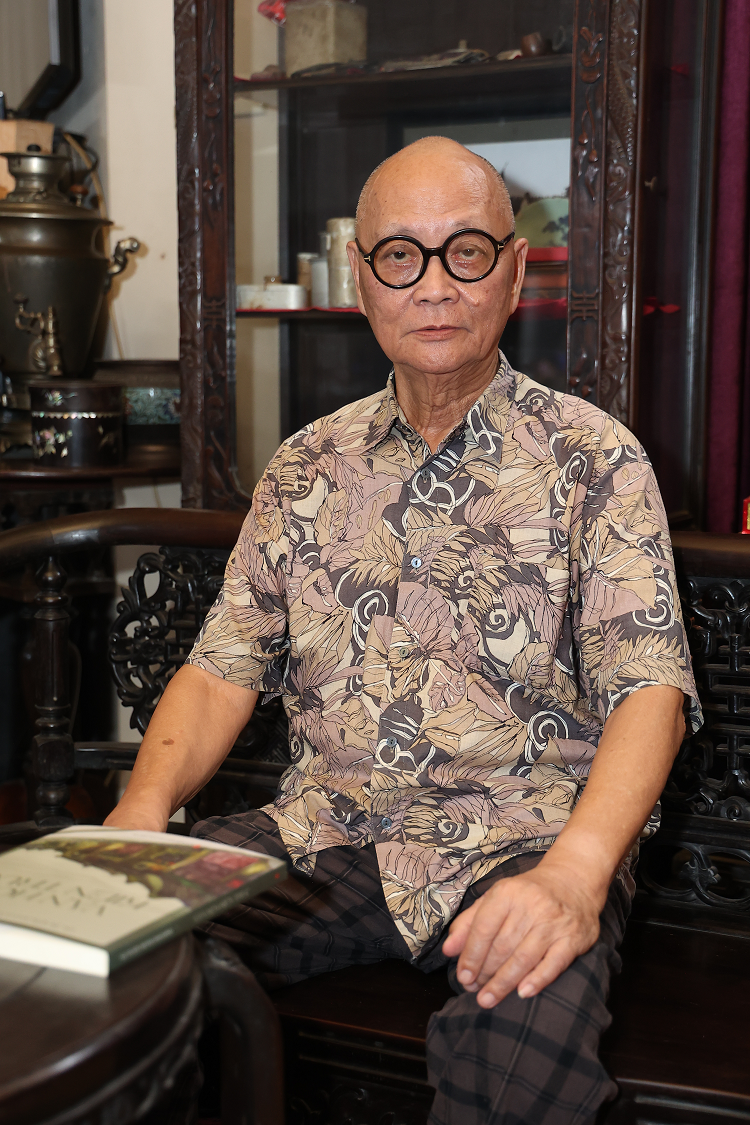
“Knight of Architectural Monuments”
Over the past half century, Professor Hoang Dao Kinh has left a deep mark through a series of projects to restore and preserve valuable historical relics.
The talented architect’s footprints are present in dozens of typical conservation and restoration projects from Hanoi , Hue, Hoi An, My Son to small works in ancient villages. That is why his colleagues and friends affectionately call him “the knight of architectural relics”, although he always humbly refuses that title.
“I am not a “knight of architectural relics” as people call me, I am just a professional, with love and passion to pursue the work of preserving and restoring relics all my life,” he shared.
For Hanoi, the place where he was born and spent his whole life, Professor Hoang Dao Kinh has a deep love, considering the preservation of each house, each pagoda roof, each ancient brick as a way to protect the soul of the thousand-year-old capital. From Tay Dang communal house, Tay Phuong pagoda, Kim Lien pagoda, Thay pagoda, But Thap pagoda, to key projects in Hanoi such as Van Mieu - Quoc Tu Giam, Opera House... all bear the mark of this talented architect.
He approaches each relic with care, understanding, and a deep respect for the original value of the heritage. He sets out a steadfast principle: to preserve as much of the original elements as possible, to repair “patchwork, patchwork, and connection”, and not to over-renovate to the point of losing the inherent identity of the relic.
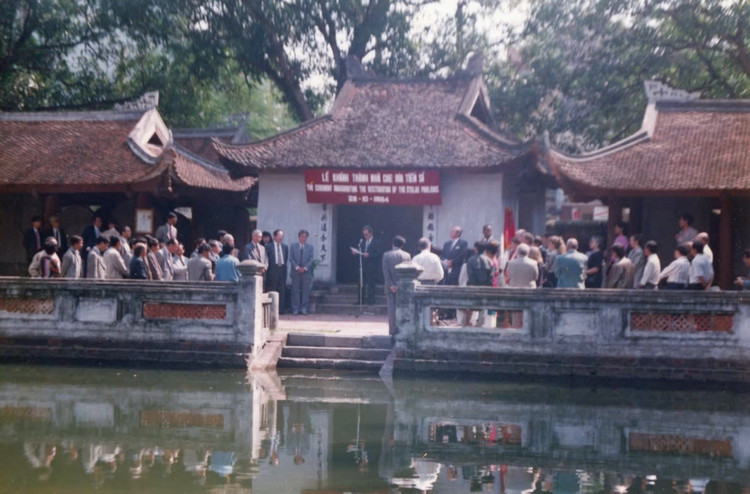
A typical example is the roof of the 82 Doctoral Steles at the Temple of Literature – Quoc Tu Giam. In the 1990s, when many modern solutions were proposed, such as roofs made of alloy, glass or using chemicals to preserve the steles, Professor Hoang Dao Kinh and his colleagues argued that these solutions could destroy the ancient landscape and even damage the relics. Instead, he chose a direction that harmonized tradition and modernity:
“We decided to create roofs similar to traditional stele houses, which are not contrasting and easy to implement. To avoid breaking the proportions of Khue Van Cac and the third courtyard space, we divided it into two rows, eight stele houses in harmony with the Temple of Literature – Quoc Tu Giam complex,” he recalled.
This solution not only helps protect the heritage from weather impacts but also creates a new space, naturally integrating with the ancient whole.
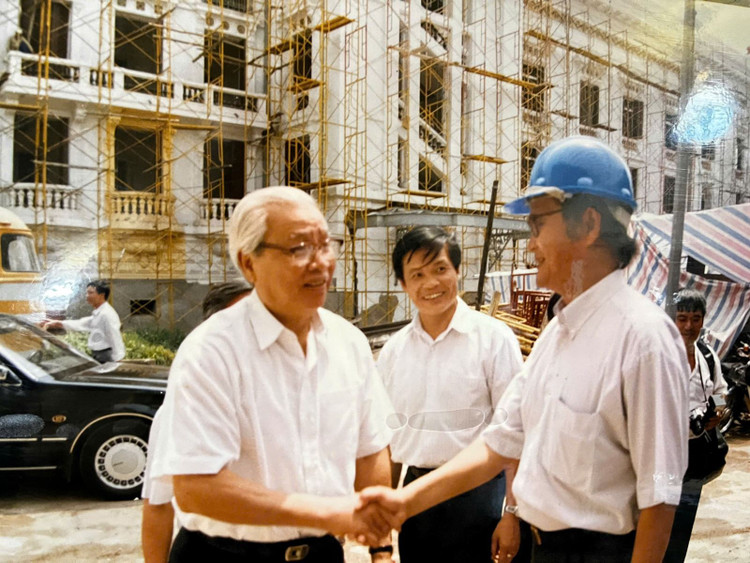
When presiding over the restoration project of the Hanoi Opera House, architect Hoang Dao Kinh continued to consistently express the conservation viewpoint that has followed him throughout his career: preserving the originality of the relic. According to him, the restoration work took place quietly but meticulously. “When entering the Opera House today, many people may not notice the big changes. But in fact, we have put in hundreds of tons of modern equipment to meet the technical requirements of restoration and upgrade the function of the building,” he shared.
Thanks to that scientific and sophisticated approach, the Hanoi Opera House after restoration was not only revived in its original classical beauty, but also able to meet modern performance needs. The over-100-year-old building seemed to be given a new vitality to shine in the heart of the Capital while still retaining the "soul" of a unique historical and artistic heritage.
Aching to preserve the quintessence of Hanoi
Professor Hoang Dao Kinh was born in 1941 in Hanoi, in a family with a cultural tradition: the son of culturalist Hoang Dao Thuy, grandson of patriot Hoang Dao Thanh. It is this family foundation that has nurtured an artistic soul in a man who works as an architect, both passionate about creativity and respecting the word "ethics" in every job.
In his family's bookshelf, he still respectfully placed the precious works of his father, the culturalist Hoang Dao Thuy, who devoted his whole life to the history and people of Hanoi. Among them, the works of special value on the culture of Thang Long - Hanoi such as: Thang Long - Dong Do - Hanoi, Old Hanoi Streets, Hanoi People and Scenery, Elegant Hanoi... Each page of the book is a delicate slice of the lifestyle, people and elegant beauty of the capital, deeply ingrained in his childhood memories.
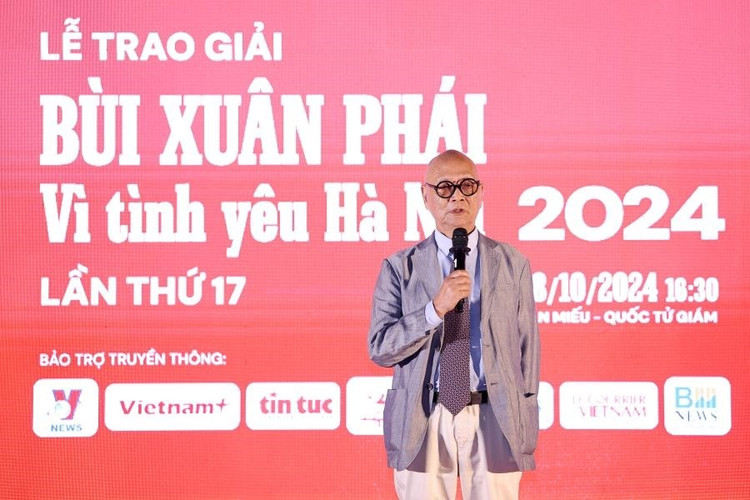
Besides his career as an architect, Professor Hoang Dao Kinh is also a talented painter. His sketches of the old town, village communal houses, pagoda roofs or old apartment buildings are highly appreciated by experts, both delicate and full of emotion for the space of Hanoi. For him, drawing is “a private way of conversing with the city”, where each wall and window contains the breath of memories.
“I am most attached to Hanoi, both in my professional work and in my thoughts,” he shared. Loving Hanoi, he is always concerned about how to preserve the quintessence of Hanoi’s culture.
According to Professor, Dr. Architect Hoang Dao Kinh, up to now, Hanoi has achieved significant progress in preserving historical cultural relics and architectural works. He said that this work "has received attention to a certain extent and has achieved feasible results".
However, what worries him most is not the preservation of relics, but the maintenance of Hanoi as a unique city, in the context of increasingly strong urban competition not only domestically but also internationally. According to him, to assert its position, Hanoi must be unique to be able to compete, and must preserve its own identity as a cultural and spiritual advantage.
But more importantly, Hanoi must also be a city of elites. Hanoi must recognize the elite values that the city possesses in order to inherit and continue. “Those elite values must be cultivated, attracted, accumulated, assimilated, condensed and spread. Hanoi must be the capital of the land of elites, first of all cultural elites,” he shared.
For Professor Hoang Dao Kinh, development and preservation are not two opposing paths, but two streams that need to blend into a common vision. The important thing is to find a way to “inherently integrate Hanoi’s unique features into the modern city, so that Hanoi will forever be its own city.”
With his contributions, Professor Hoang Dao Kinh was also awarded the Grand Prize of the "Bui Xuan Phai - For the Love of Hanoi" award in 2024. The award recognizes his contributions to the restoration and preservation of the capital's architectural and cultural heritage.
Source: https://khoahocdoisong.vn/gs-hoang-dao-kinh-nguoi-giu-hon-ha-noi-theo-cach-rieng-post2149061172.html












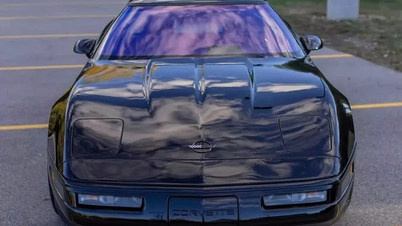














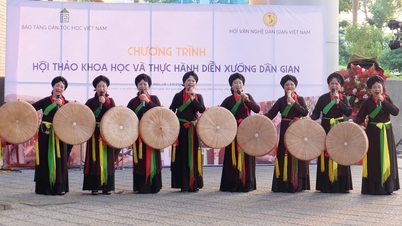



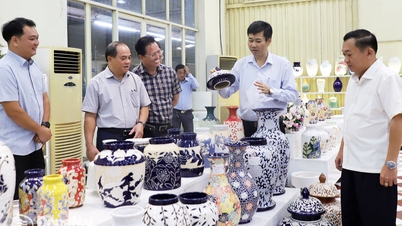







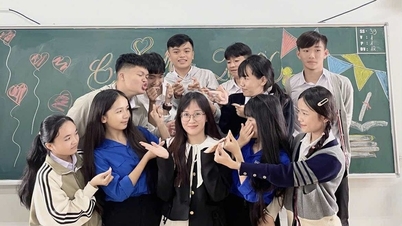
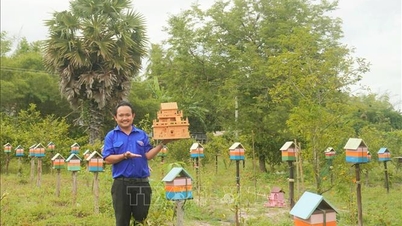





















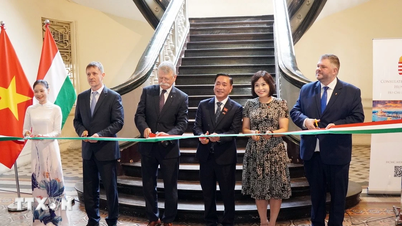

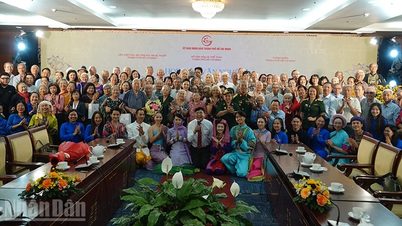

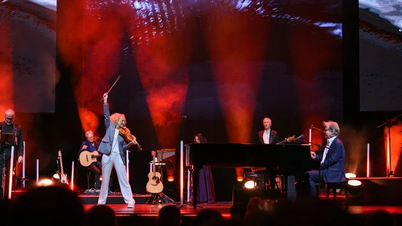


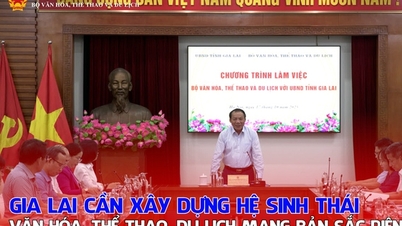

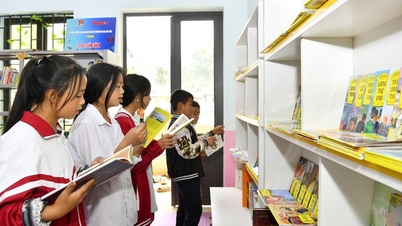




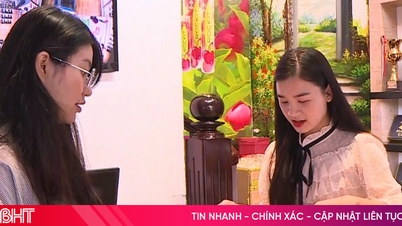


![[Photo series] People flock to the foot of Tri An dam to 'hunt for heavenly blessings' after the largest hydroelectric plant in the South closed its floodgates](https://vphoto.vietnam.vn/thumb/402x226/vietnam/resource/IMAGE/2025/10/19/1760858793060_5_20251019135535.jpeg)















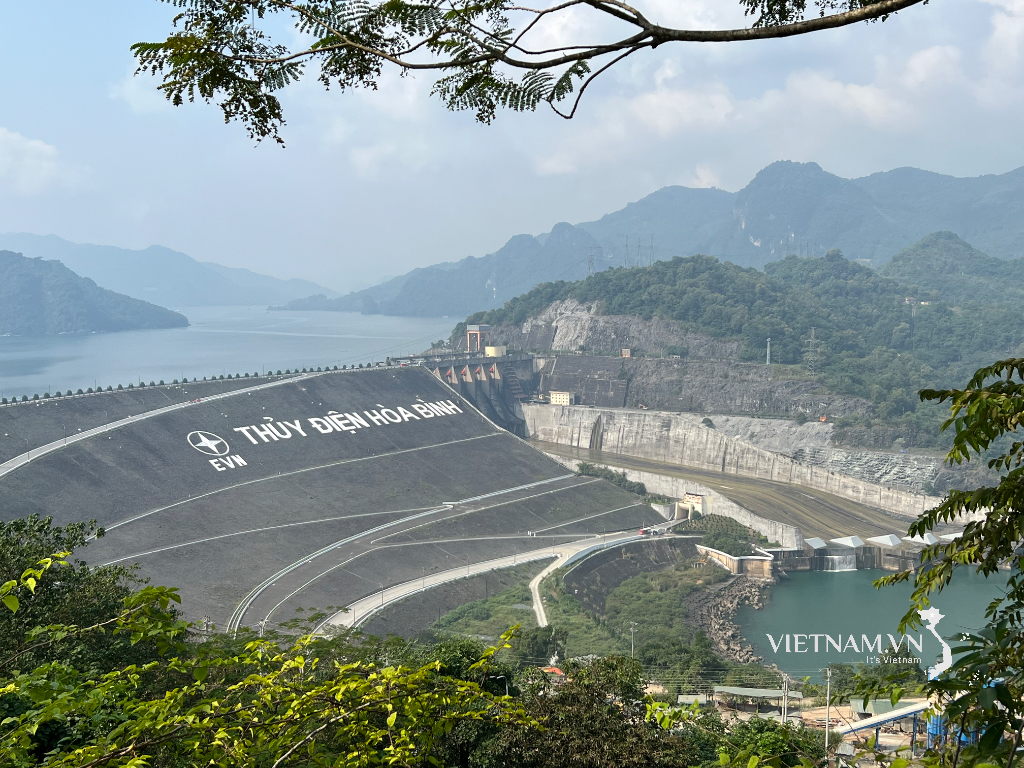


Comment (0)